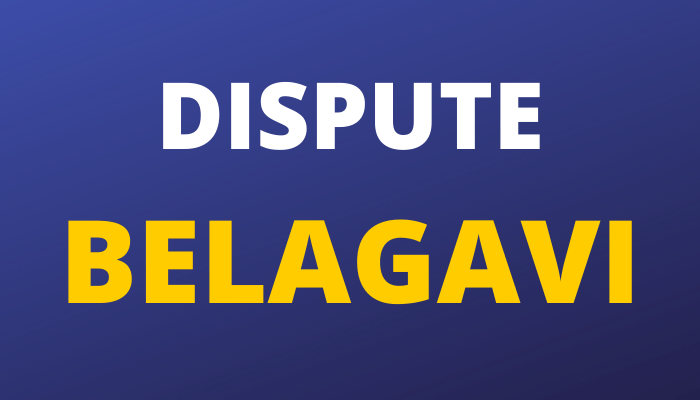The inter-State border dispute between Karnataka and Maharashtra erupts every now and then. What is the issue behind these two states? This article tries to explain in simple terms.
What are the claims of both states?
In 1957, unhappy with the demarcation of boundaries, Maharashtra demanded realignment of its border with Karnataka. It invoked Section 21 (2) (b) of the Act, and submitted a petition to the Union Ministry of Home Affairs stating its objection to Marathi-speaking areas included in Karnataka.
It claimed 814 villages, and three urban settlements of Belagavi, Karwar and Nippani, all part of Mumbai Presidency before independence. A petition by Maharashtra in the Supreme Court, staking a claim over Belagavi, is currently pending.
Karnataka has consistently argued that inclusion of Belagavi as part of its territory is beyond dispute. It has cited the demarcation done on linguistic lines as per the Act and the later Mahajan Commission Report to substantiate its position.
Karnataka has argued for the inclusion of areas in Kolhapur, Sholapur and Sangli districts (falling under Maharashtra) as its territory. Karnataka started holding the winter session of the Legislature in Belagavi from 2006.
In 1960, a four-member committee was formed by both States. The committee could not arrive at a consensus and respective representatives submitted reports to their government. In the subsequent decades, chief ministers of both States have met several times to find an amicable solution but to no avail.
What has been the politics around the dispute?
One factor for renewal of the conflict came from then Chief Minister Ramakrishna Hegde in 1986 when he made the Kannada language test mandatory for anyone joining the State Government service.
Though the decision was apparently aimed at bolstering the Janata Party’s position, the stoppage of the concession given to linguistic minorities strained relations between two linguistic groups. Later, Hegde had to assure Marathi leaders that Kannada would not be made compulsory in primary education in the border areas.
What were the terms of the Mahajan Commission?
In 1966, at Maharashtra’s insistence, then Prime Minister Indira Gandhi established a one-man commission, the Mahajan Commission (Mehr Chand Mahajan, third Chief Justice of India) a few months before the 1967 general elections and its report was released after the elections. It recommended that 264 villages be transferred to Maharashtra and that Belgaum and 247 villages remain with Karnataka.
Maharashtra rejected the report, while Karnataka welcomed it. Karnataka argued that either the Mahajan Commission Report should be accepted fully or status quo maintained.
In the following decades, Belagavi has significantly changed on demographic and economic fronts.
The middle-class core areas and surroundings of the city are predominantly Kannada-speaking people. But in and around Belagavi a good number of people speak both Marathi and Kannada. Intercommunity marriages between the two linguistic groups exist.


